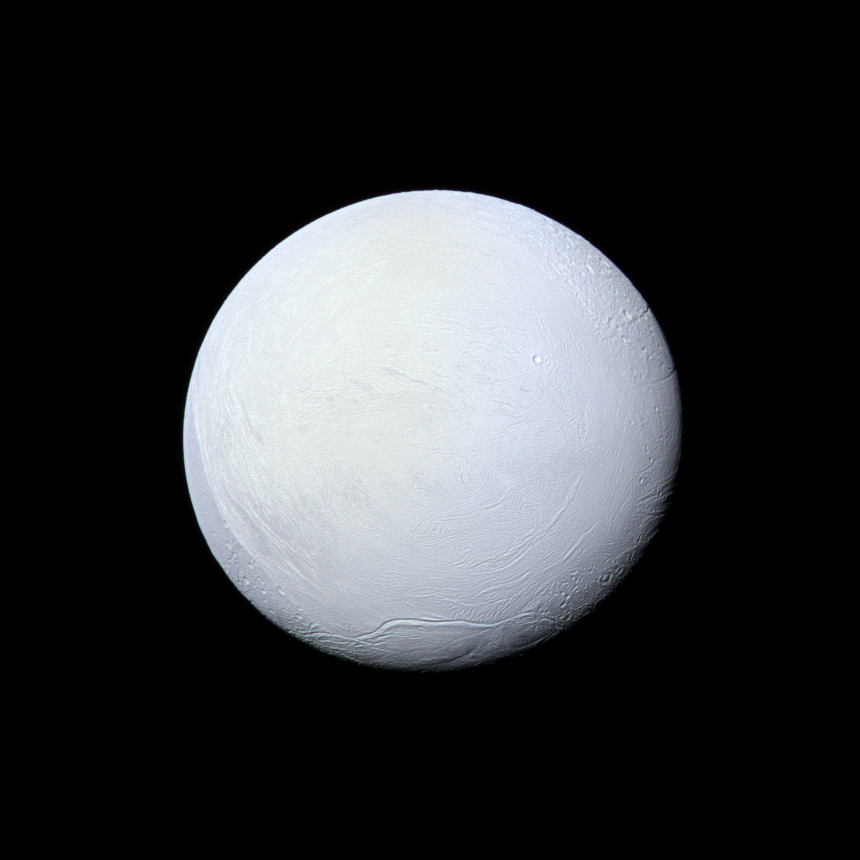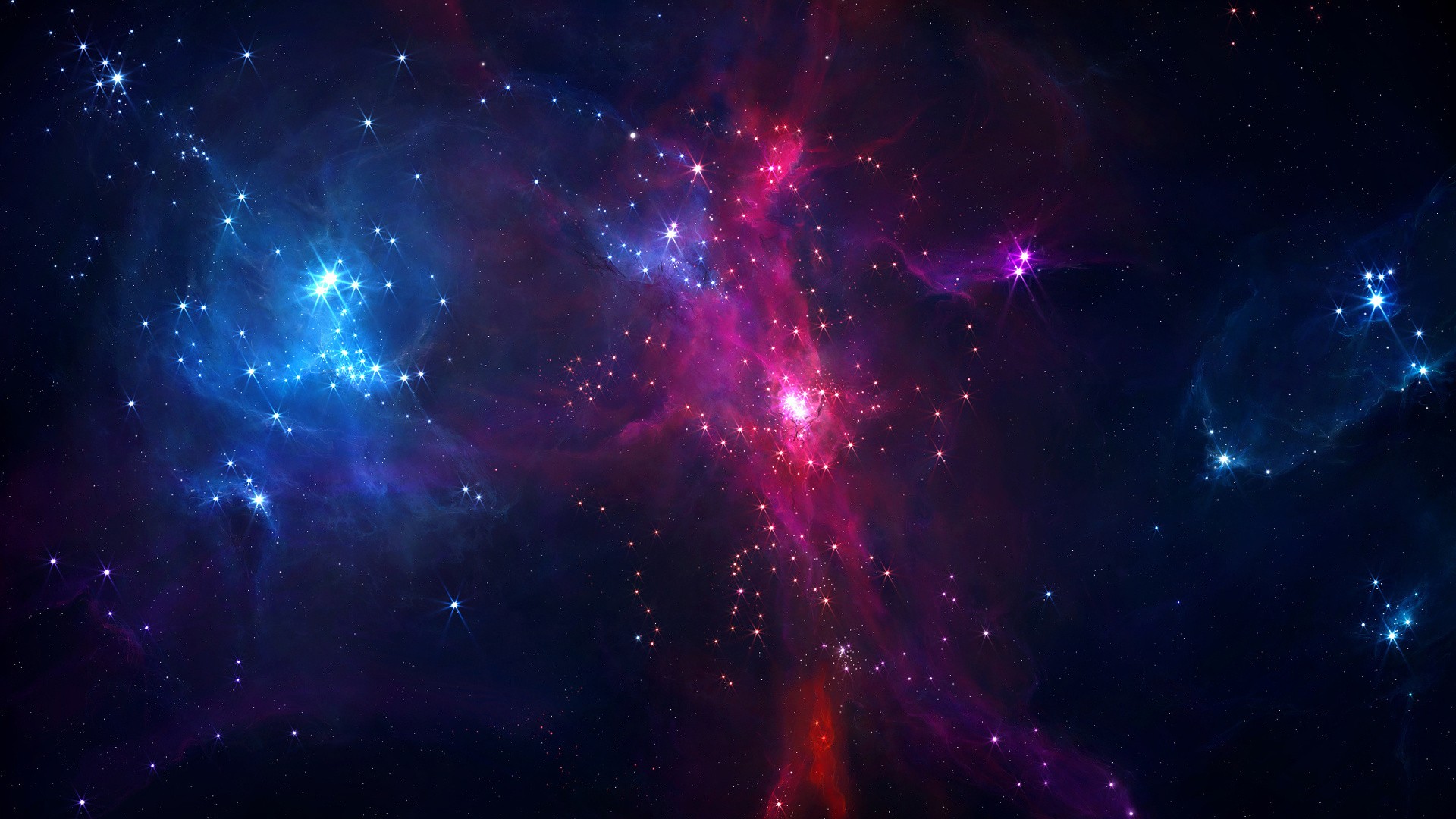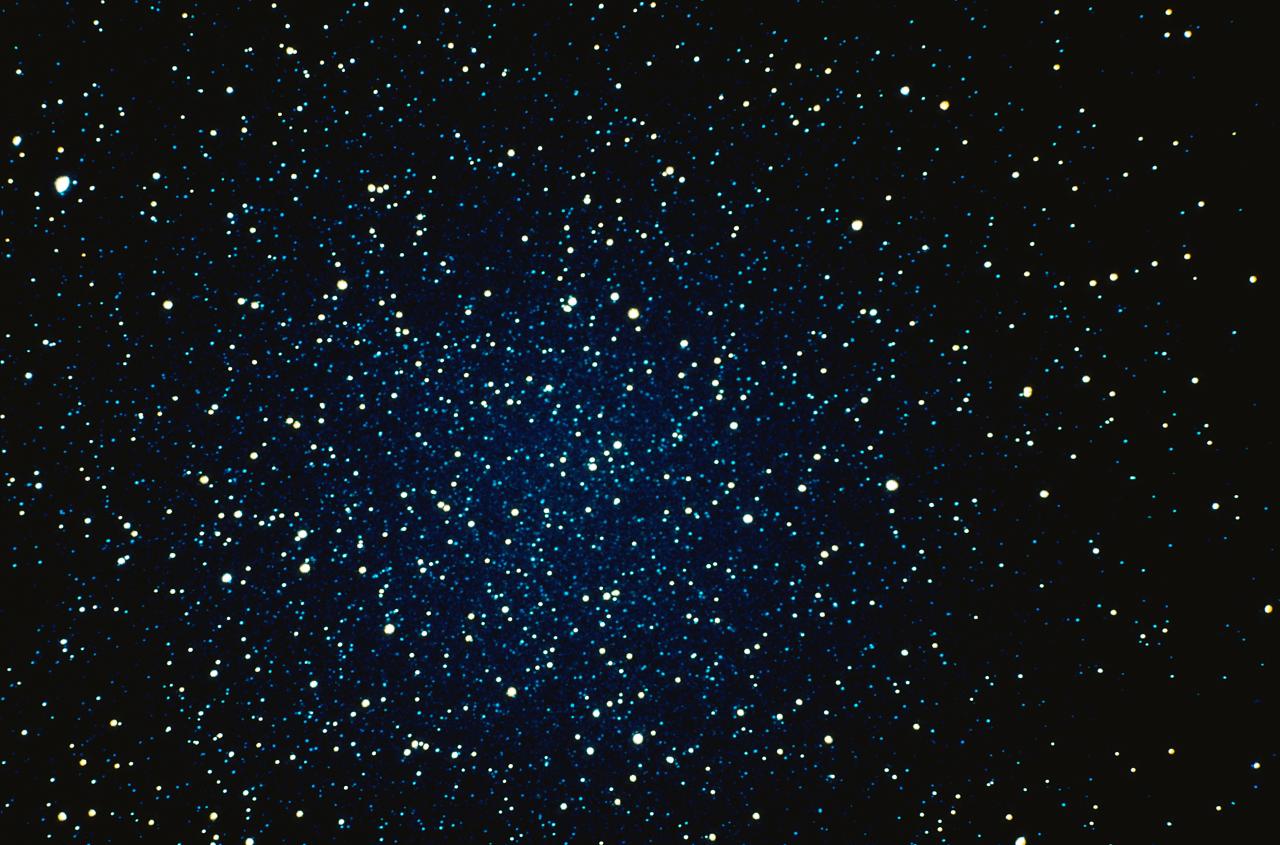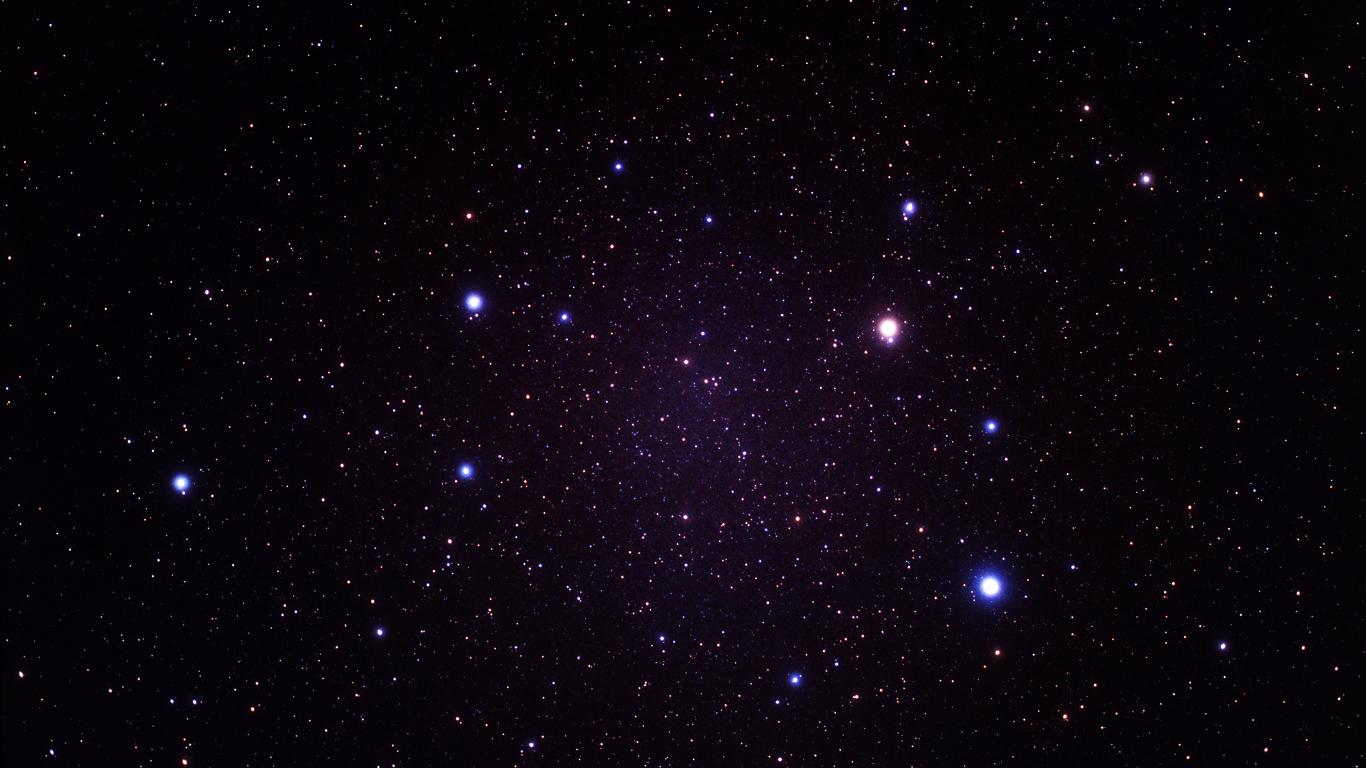
Physicists have now provided the first major results of NASA's Magnetospheric Multiscale (MMS) mission, including an unprecedented look at the interaction between the magnetic fields of Earth and the sun.

A small water jet on the icy moon spews its fiercest eruptions when the moon is farthest from the planet, but overall gas output hardly increases.

NASA's MESSENGER mission has unveiled the first global digital elevation model (DEM) of Mercury, revealing in stunning detail the topography across the entire innermost planet and paving the way for scientists to fully characterize Mercury's geologic history.

The Sun is capable of producing monstrous eruptions or "superflares" that can not only break down radio communication and power supplies, but also affect the Earth's ability to support life.

NASA gets all the glory when it comes to Martian exploration, but two other space agencies are now hoping to change that. Early next week, the European Space Agency and Roscosmos are launching the first phase of their joint ExoMars mission, a major new scientific effort with an badass goal: discovering signs of life on the Red Planet.

Earlier this month, the White House's Office of Science and Technology assembled a strange gathering: scientists, artists, engineers, and policy-makers, for a workshop designed to imagine how humanity could settle the solar system.

Curiosity is busy poking and prodding the Bagnold Dunes, learning some new tricks in the first-ever interplanetary fieldwork on a sand dune. And of course it looks absolutely stunning while doing it in this latest sand dune selfie.
Dwarf planet Ceres is shown in these false-color renderings, which highlight differences in surface materials. Images from NASA’s Dawn spacecraft were used to create a movie of Ceres rotating, followed by a flyover view of Occator Crater, home of Ceres’ brightest area.

For decades, Alan Stern talked about how important it was to send a spacecraft to Pluto. Those speeches, given to any audience willing to lend an ear, helped build up support for a mission to what was once classified the ninth planet, maintain support once NASA agreed to fly a mission after previous efforts foundered, and to retain interest once New Horizons was on its long cruise to Pluto.

Scientists are developing a mission concept that would send a probe flying through the plume created by the 100-odd geysers erupting from the south polar region of Saturn

Jupiter's melting heart sheds light on mysterious exoplanet

The leading edge of the first of two major coronal mass ejections will reach Earth at about 1:25 AM EST on the morning of March 8 (plus or minus 7 hours). Such a CME could result in a severe geomagnetic storm, causing aurora at low latitudes, with possible disruption to high frequency radio communication, global positioning systems (GPS), and power grids.

Los Alamos National Laboratory scientists and an international research team have announced discovery of molecular oxygen ions (O2+) in the upper-most atmosphere of Dione, one of the 62 known moons orbiting the ringed planet. The research appeared recently in Geophysical Research Letters and was made possible via instruments aboard NASA's Cassini spacecraft, which was launched in 1997.

In the grand scheme of the solar system, Venus and Earth are almost the same distance from the sun. Yet the planets differ dramatically: Venus is some 100 times hotter than Earth and its days more than 200 times longer. The atmosphere on Venus is so thick that the longest any spacecraft has survived on its surface before being crushed is a little over two hours. There's another difference, too. Earth has a magnetic field and Venus does not -- a crucial distinction when assessing the effects of the sun on each planet.
Astronauts bravely say they are ready to go on another spaceship as their 520-day simulated mission to Mars ends. .